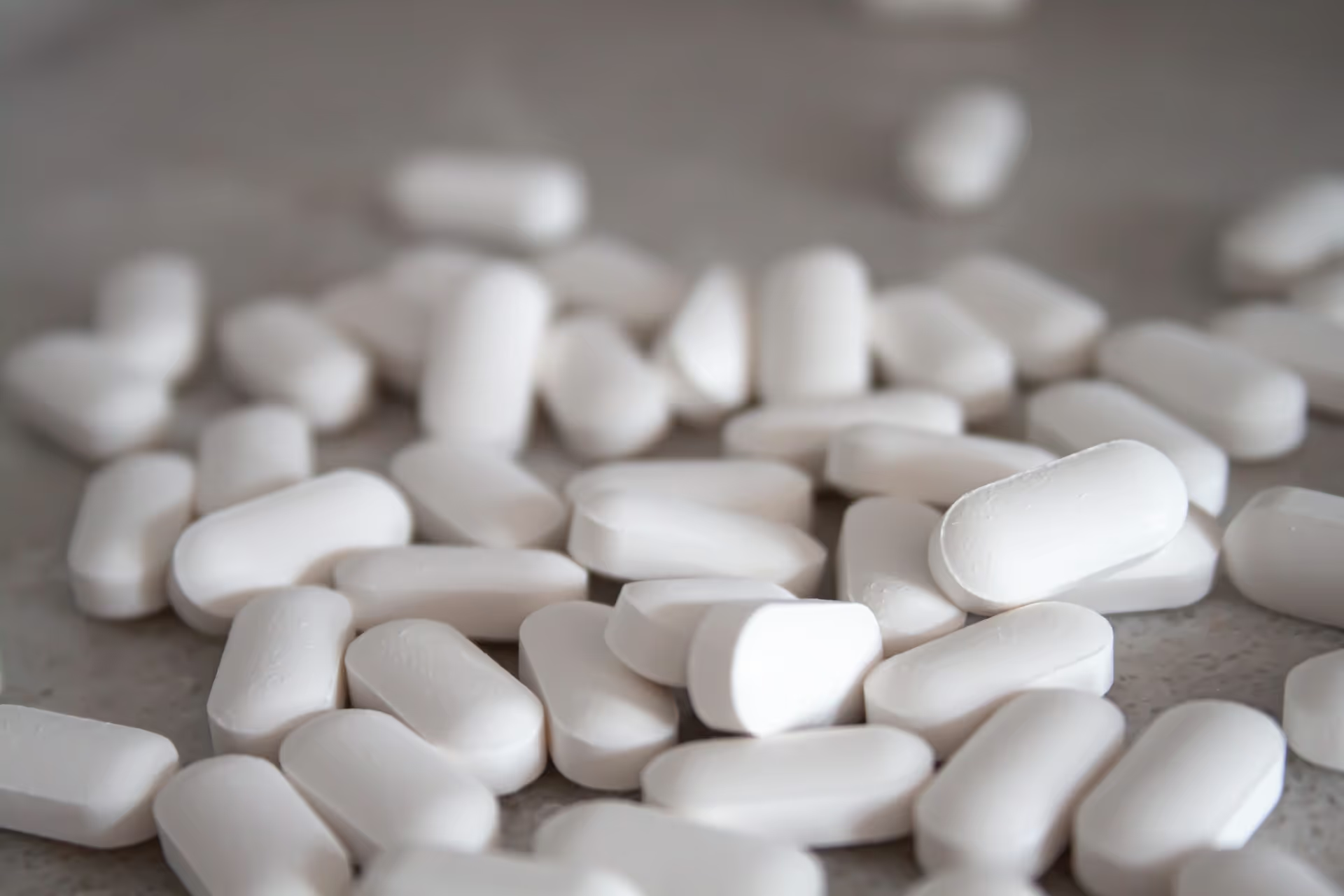News
The latest insights, sector developments and case updates from Potter Clarkson. Explore up-to-date content from our experts and stay informed on the issues shaping the IP landscape.
The latest insights, sector developments and case updates from Potter Clarkson. Explore up-to-date content from our experts and stay informed on the issues shaping the IP landscape.

The UK and EU have implemented new competition law exemptions but what impact will this have on your agreements?

A recent case involving Bristol Myers Squibb, which resulted in the revocation of a patent filed by the pharmaceutical giant, serves as a salutary warning on the risks of failing to include detailed supporting data when an application is first filed.

As the automotive sector transitions to an electrified future, the phase-out of the internal combustion engine (ICE) seems decided. Recent developments concerning hydrogen, however, indicate that the ICE may have a longer lifespan than first anticipated.

The Court of Justice of the EU (CJEU) has once again been asked to explain the eligibility criteria for SPCs for “combination products” - those comprising two or more active ingredients.

In the recent decision T 1989/18 one of the Boards of Appeal of the European Patent Office (EPO) ruled that there is no legal basis for requiring amendment of the description to be in line with the allowed claims.

Over the last year, the fashion industry has turned to non-fungible tokens (NFTs) to enhance the consumer experience, through the sale of digital fashion goods. Issues around ownership, transferability and infringement of copyright in digital assets are progressing fast, and that will only increase as companies adapt to the metaverse.

Supplementary Protection Certificates (SPCs) can provide up to five years’ extra patent protection for specific pharmaceutical products. The regulations are complex and the financial stakes high, resulting in multiple referrals to the Court of Justice of the European Union (CJEU).

In a referral from German infringement proceedings brought by Ferrari against Mansory Design and its CEO, the CJEU has confirmed the conditions in which unregistered Community design protection is available for part of a product.

The position regarding obtaining patent protection for software can be complex and confusing. Providing a conclusive answer can be further complicated by the fact that different jurisdictions can take different (and evolving) approaches.

This decision, handed down on 29 October 2021, illustrates how a consideration of the principles previously laid down by the Court of Appeal may in some, albeit unusual, circumstances, result in the UK Patents Court declining to follow the default position and grant a stay of UK infringement proceeding pending a validity decision from the European Patent Office.

Vertical farming, we are often told, represents the future of how humans might square the circle of increasingly hungry populations demanding ever greater productivity from dwindling and depleted land resources.

The latest version of the Guidelines for Examination at the EPO (entered into force on 1 March 2021) includes a stricter approach to the practice of bringing the description into line with the allowed claims. Here we consider the practical implications of those changes.

As with all Olympics and Paralympics, it was not only a showcase of the fierce competition amongst the world’s best but also the use of new technological developments to obtain a winning edge.

Creating an original product can be a long and challenging process. Product development exists to take a new idea all the way from an initial concept to market and success requires your product to pass through a series of very distinct stages before it reaches its market.

One of the EPO’s Boards of Appeal is expected to request clarification from the Enlarged Board of Appeal on the law concerning the doctrine of ‘plausibility’ and the use of post-filed data to support inventive step.

When the United Nations Framework Convention on Climate Change adopted the Paris Agreement in 2015, their aim was to sharply reduce greenhouse gas (GHG) emissions to keep the average global temperature rise below 2° Celsius and, preferably, limit future temperature rises to 1.5° above pre-industrial levels.